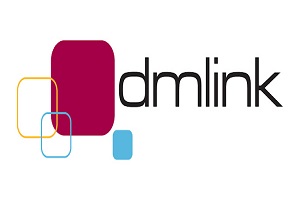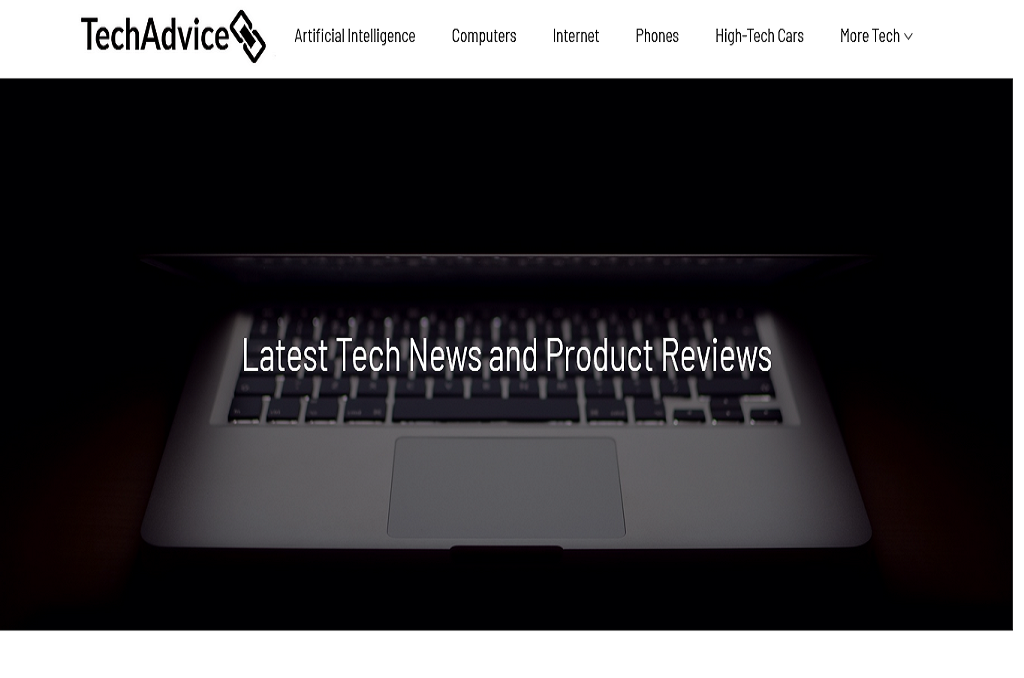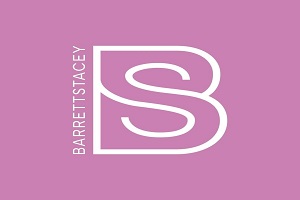Creating a professional logo for your business is a crucial step in establishing a strong brand identity. A well-designed logo helps communicate your business values, builds recognition, and encourages trust among your customers. Whether you’re working with a designer or creating one yourself, here’s a basic guide to developing a logo that’s both professional and effective.
1. Understand Your Brand
Before you dive into design, you need to understand what your business stands for. A logo is a visual representation of your brand, so it should align with your business’s core values and message. Start by identifying your brand’s personality—whether it’s professional, playful, luxurious, or innovative—and the emotions you want to promote in your audience. This will guide the style, colors, and typography you use in your logo.
For instance, a accountancy firm may want a professional and authoritative logo, which could be achieved with clean lines, a simple color palette, and serif fonts. On the other hand, a toy company might opt for bright colors, playful shapes, and bold fonts to appeal to a younger audience.
2. Choose the Right Style
There are several different logo styles to consider, and the right one depends on the nature of your business and your target audience. The main types include:
- Wordmark/Logotype: These logos are primarily text-based, featuring your business name in a distinctive font. Think Google or Coca-Cola. This style works well for businesses with unique or memorable names.
- Lettermark: A lettermark uses the initials of your business name. Brands like IBM and HBO use this style. It’s ideal for businesses with longer names or for those looking to emphasize their initials.
- Icon or Symbol: This type uses a graphic element or icon to represent the business. Apple’s apple symbol is a great example. It works well for businesses with strong brand recognition.
- Combination Mark: This combines both text and a graphic element. Companies like Adidas and Starbucks use combination marks for more versatility.
Each style has its pros and cons, so consider which best reflects your brand identity.
3. Select Your Colors Carefully
Colors have a strong psychological impact and can promote specific emotions. For example, blue is often associated with trust and professionalism (used by brands like Facebook and IBM), while red conveys passion and energy (as seen in Coca-Cola and YouTube). It’s important to choose colors that not only resonate with your brand message but also stand out and are memorable.
Moreover, your logo should work well in black and white, so ensure the design retains its impact even without color. This is important for situations where color printing isn’t feasible.
4. Pick the Right Typography
Fonts play a significant role in how your logo is perceived. Serif fonts (those with small lines at the ends of characters) like Times New Roman convey tradition and reliability, while sans-serif fonts like Arial feel more modern and clean. Script fonts, which mimic handwriting, can add elegance or creativity, depending on their style.
Make sure the font you choose is legible across all platforms and sizes, from business cards to billboards.
5. Ensure Scalability
A professional logo should look great at any size. Whether it’s being used on a tiny business card or a large billboard, your logo needs to remain clear and legible. Creating your logo in a vector format (such as SVG or EPS) ensures that it can be scaled infinitely without losing quality.
6. Keep it Simple
The best logos are simple and memorable. Avoid overly complicated designs with too many elements or colors. A cluttered logo can confuse your audience and may not translate well across different mediums. Think of iconic logos like Nike’s swoosh or McDonald’s golden arches—these logos are simple yet instantly recognizable.
7. Test Your Logo
Before finalizing your logo, test it in different settings. How does it look on a website? What about on printed materials? Ask for feedback from friends, colleagues, or potential customers. This will give you a fresh perspective and help you ensure your logo works well in all situations.
Conclusion
Designing a professional logo for your business involves thoughtful consideration of your brand identity, target audience, and design elements such as color, typography, and simplicity. Whether you work with a designer or use online tools, focusing on these aspects will help you create a logo that’s not only visually appealing but also a powerful representation of your business.
By following these steps, you’ll be able to craft a logo that effectively communicates your brand’s message and leaves a lasting impression on your audience.














